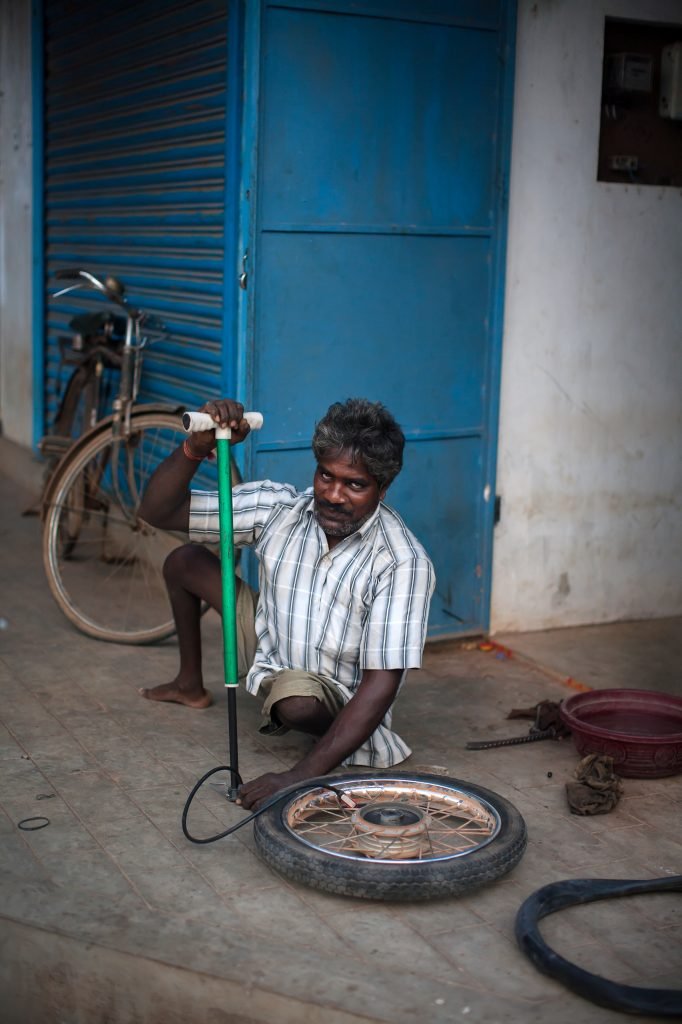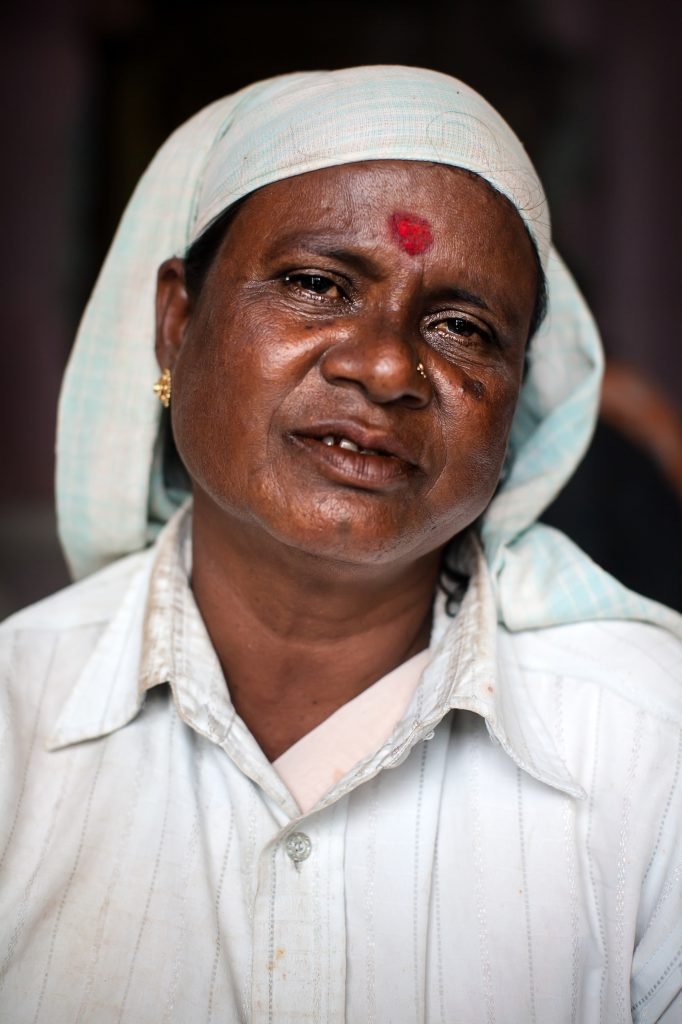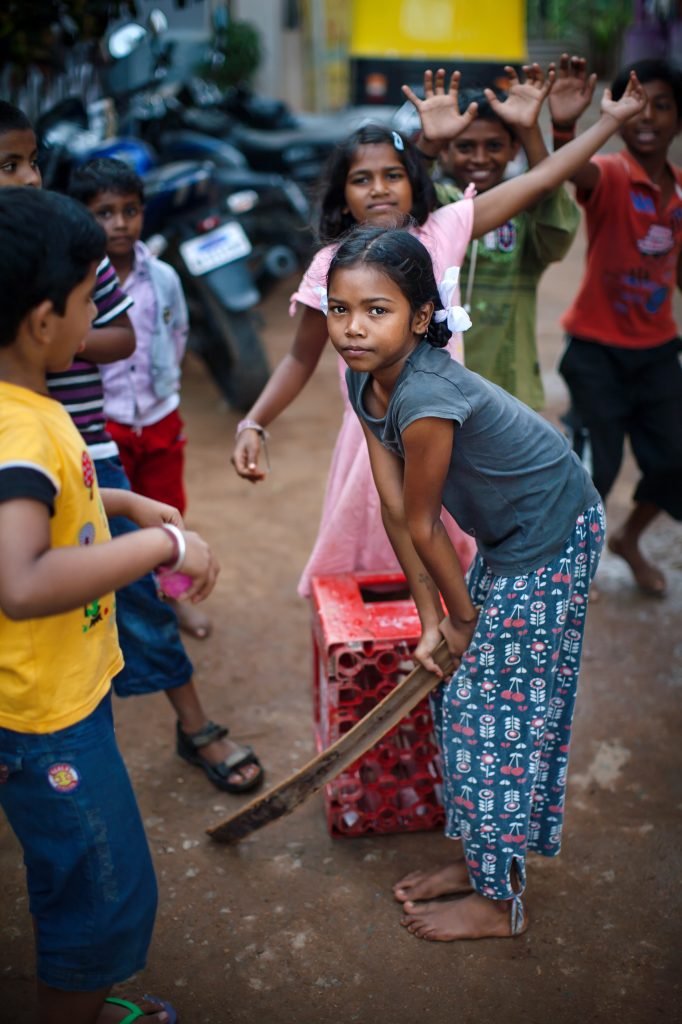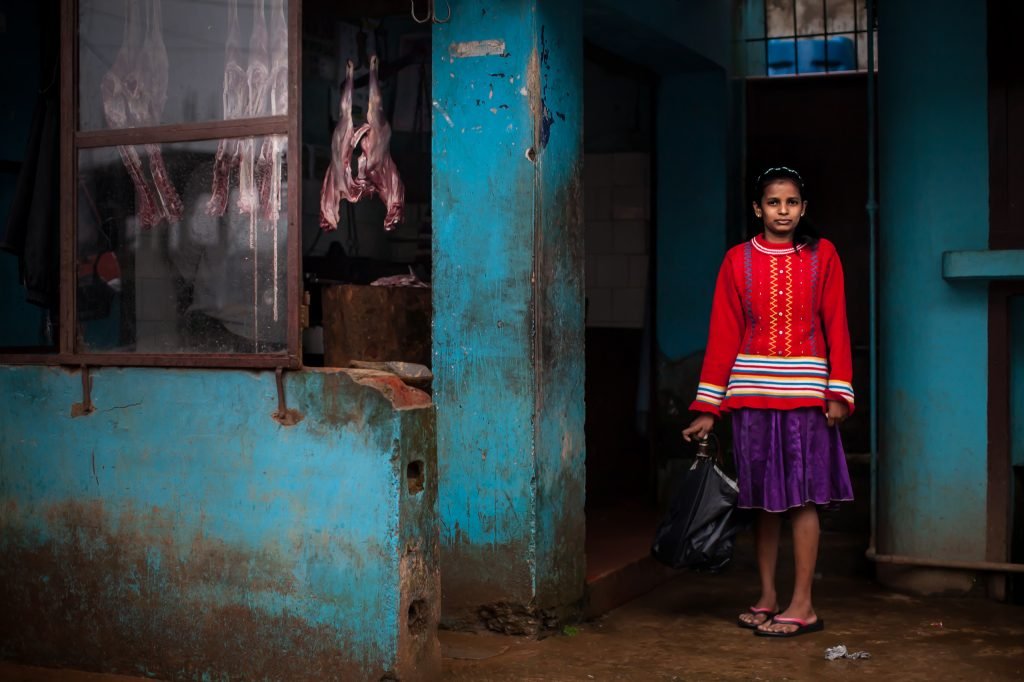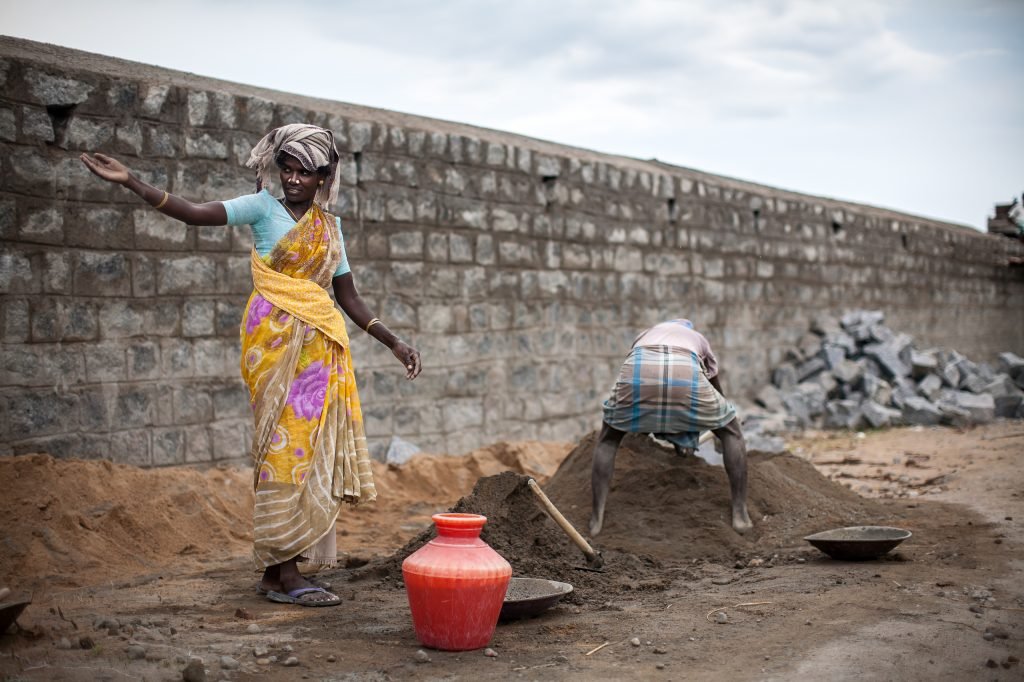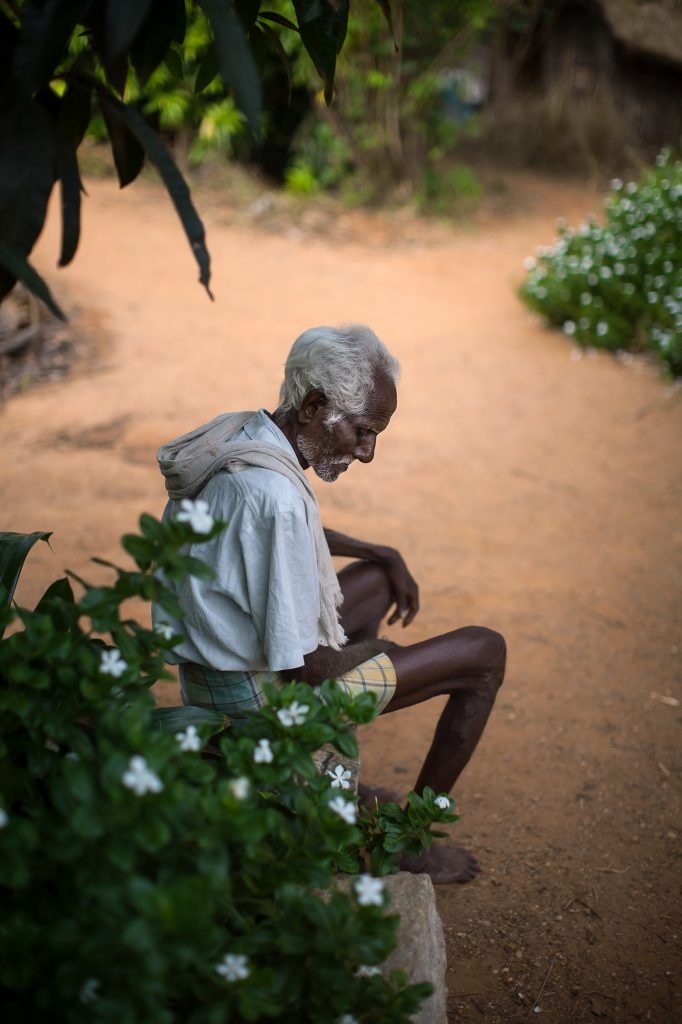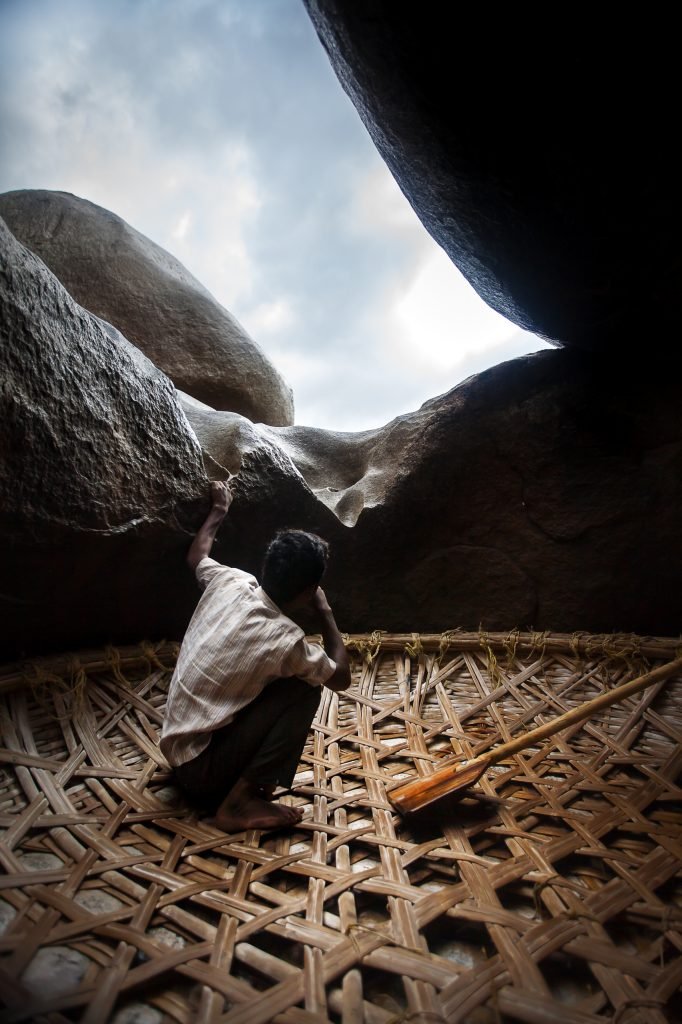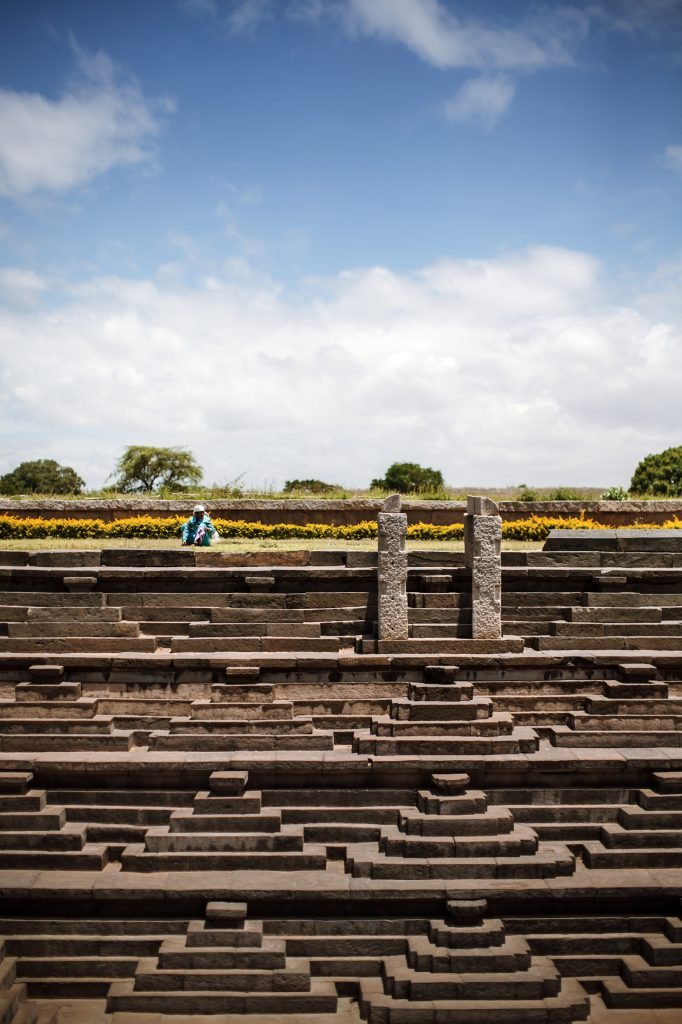This week in International Wednesdays: what it is like to travel as a young, female photographer through Southern India? In her photo essay, Robin Anne Laird takes us with her in a journey of 7 years ago. Since then, her photographic eye, processing style, and ability to relate to others has dramatically changed. “But my female identity has not.”
I discovered the power of traveling alone around the same time I started to venture more seriously into portraiture. My first solo undertaking was Southern Indian. Removing myself from my normal physical and social surroundings became a way for me to explore my identity. It was liberating to be able to redefine myself at each locale and experiment with new ways of co-existing with others.
Though I could to some degree chameleon my way through this foreign country, my journey through India also revealed boundaries to my identity shape-shifting. One of these boundaries was my sex (and the gender I associate with): I was female wherever I went. Perhaps boundary is a strange word to use because it emphasises limitation. Sure, as a female, I was limited in my ability to walk the streets at night, travel alone, boast bare skin, and gain respect from men in certain circumstances. However, it was on this expedition, with my camera in hand, that the privileges of my female identity became clear.
One afternoon in Hampi, under the shade of a cafe pergola, I struck up a conversation with a fellow traveller sitting to my left. He too carried professional grade photography gear: a robust DSLR with a collection of lenses and a burning desire to capture faces. We began curiously comparing photos and after a few minutes he turned to me and said: “How did you get these?” I was confused as to what he meant until he asked again: “How did you get so close to all of these women?”
I had felt so welcomed and accepted by every person I had met: male, female, young, old, Indian, foreign.
We sat there for an hour reflecting upon our experiences approaching people for photos. It became clear that he had faced considerable difficulty getting people to trust him enough to take their portrait—especially women. It was strange to hear his accounts because I had felt so welcomed and accepted by every person I had met: male, female, young, old, Indian, foreign. In fact, I had been invited to share meals and intimate living room moments with people I had only known for several days, sometimes only hours. I had been showered with hospitality and trust.
My male counterpart had not shared the same experience. While comparing our photos, it became clear that I was privy to the soft side of others. He was not. This was the first of many such moments: male photographers still continue to express intrigue over the trust I gain with my subjects. This is, of course, not to say that being male makes intimacy with strangers impossible. Brandon Stanton of Humans Of New York is known for his ability to connect with people across the globe in a matter of minutes.
The point I hope to make here is that a portrait photographer’s identity can be reflected in how she or he is received by their subjects. Being female, I feel I have an upper hand.
This photo series is a small collection of people I captured on my journey through India 7 years ago, as an inexperienced traveller and nascent portrait photographer. Since then, my photographic eye, processing style, and ability to relate to others has dramatically changed, but my female identity has not.
This article is in collaboration with RAW, Amsterdam University College’s Photography Committee.

